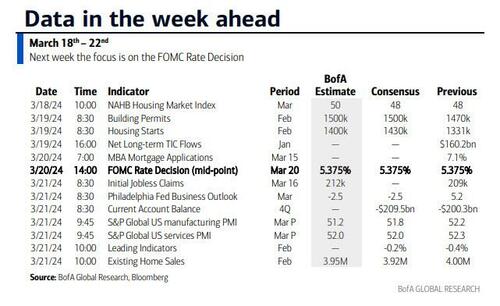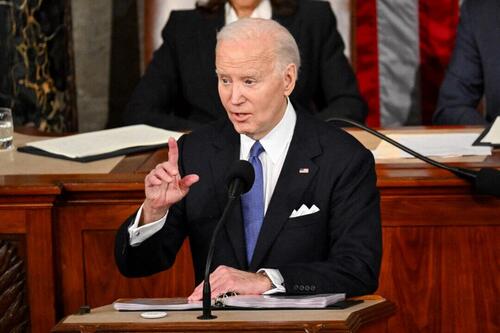Physicians across the country have analyzed the emerging scientific data about the long-term effects of COVID-19, creating an initial knowledge base about the clinical experiences of so-called “long-haulers” – patients with COVID-19 who experience prolonged symptoms and/or the emergence of new ones well after the initial viral infection has resolved. A comprehensive review published today in Nature Medicine offers an initial glimpse of the multi-organ effects of long-term COVID-19 and suggests a framework for the care of COVID-19 long-haulers through dedicated, multidisciplinary clinics.
“It was important to respond to our patients’ concerns and pay close attention to the symptoms they were experiencing beyond the acute phase of COVID-19,” said Kartik Sehgal, MD, a lead author of the new study and a medical oncologist at Dana-Farber Cancer Institute and Brigham and Women’s Hospital, and instructor in medicine at Harvard Medical School. “While our knowledge in this area is still evolving and will continue to evolve over the next few years, we have provided a comprehensive resource for physicians caring for patients who have recovered from acute COVID-19 and scientists currently investigating the potential prolonged effects of COVID-19.”
Sehgal and his colleagues at hospitals affiliated with Harvard University and Columbia University worked at the frontlines of the pandemic last spring and have witnessed first-hand the myriad health effects that the responsible virus, known as SARS-CoV-2, can inflict. That includes the recognition that COVID-19 is not simply an illness of the lungs or respiratory tract but can also affect many other organ systems. Sehgal was among the co-authors of a study published last summer in Nature Medicine that summarized the vast constellation of multi-organ symptoms associated with the COVID-19.
As the pandemic wore on, the team heard from their own patients as well as patient advocacy groups about surprisingly persistent symptoms – complications that extended for weeks, even months, beyond the initial infection.
“COVID-19 is the first infectious disease that I’ve come across that has such an effect on a wide variety of organs. It’s changed my clinical practice. No matter what the patient comes in for, I now ask if they ever had COVID-19. It changes the possible range of diagnoses,” added Elaine Y. Wan, MD, the Esther Aboodi Assistant Professor of Medicine in Cardiology and Cardiac Electrophysiology at Columbia University Vagelos College of Physicians and Surgeons and senior author of the study.
These observations prompted the authors to undertake a comprehensive review of the published literature on long-term effects of COVID-19 so they could develop a better understanding of the condition themselves and share it with the physician and scientific community.
They found that the most common symptoms of long COVID include fatigue, shortness of breath, brain fog, loss of sense of smell or taste, anxiety, depression, and post-traumatic stress disorder (PTSD). Based on the limited number of studies published to date, at least one-third of patients who required hospitalization for COVID-19 have experienced one of these long-term side effects. While there is much more work yet to be done, this finding is consistent with what has been found in the few studies of survivors of the SARS epidemic in 2003 as well as the MERS outbreak in 2012, which involved viruses that are closely related to SARS-CoV-2.
“The medical needs of patients with COVID-19 don’t stop at the time of hospital discharge and they also don’t necessarily stop after three to four weeks, even for those who didn’t require hospitalization,” said Sehgal. “It is important for physicians to be aware of these possible symptoms and complications and to have resources available for early recognition to provide the best possible care.”
Because the symptoms of long COVID are not typically restricted to just one organ system, the researchers stress the importance of multidisciplinary care, such as a dedicated COVID-19 clinic that includes specialists with expertise in diverse areas of clinical medicine. “It is important to not forget about the mental health effects of COVID-19 in these patients, while taking care of their physical symptoms,” said Sehgal.
Some academic medical centers have already established such an effort. In response to the clinical need and the emerging research findings, the Brigham Lung Center has recently established a COVID Recovery Center to coordinate and deliver multi-disciplinary care for patients with long-term symptoms after infection.
Moving forward, Sehgal and his colleagues believe it will also be essential to develop mechanisms for appropriately sharing and pooling patient data across organizations and institutions, including from patient advocacy groups, which played a major role in highlighting the health struggles of long haulers.
“There are a lot of questions we’ll need to answer,” said Sehgal. “The only way we can do that quickly is by systematically collecting and harnessing all of the data that’s out there.”
###
The co-authors of the study are Ani Nalbandian, MD; Aakriti Gupta, MD, MS; Mahesh Madhavan, MD; Claire McGroder, MD; Jacob Stevens, MD; Joshua Cook, MD, PhD; Anna Nordvig, MD; Daniel Shalev, MD; Tejasav Sehrawat, MBBS; Neha Ahluwalia, MD; Behnood Bikdeli, MD; Donald Dietz, MD; Caroline Der-Nigoghossian, PharmD; Nadia Liyanage-Don, MD; Gregg Rosner, MD; Elana Bernstein, MD, MSc; Sumit Mohan, MD; Akinpelumi Beckley, MD, MBA; David Seres, MD, ScM, PNS; Toni Choueiri, MD; Nir Uriel, MD, MSc; John Ausiello, MD; Domenico Accili, MD; Daniel Freedberg, MD; Matthew Baldwin, MD, MS; Allan Schwartz, MD; Daniel Brodie, MD; Christine Kim Garcia, MD, PhD; Mitchell S.V. Elkind, MD, MS, MPhil; Jean M. Connors, MD; John Bilezikian, MD; Donald Landry, MD; and Elaine Wan, MD, FACC, FAHA, FHRS.
Funding for this work came from the following organizations and grants: National Institutes of Health (K23 DK111847, T32 HL007854, R01 HL152236, and R03HL146881), National Institute of Diabetes and Digestive and Kidney Diseases (R01-DK114893, R01-MD014161, U01-DK116066), National Institute of Neurological Disorders and Stroke (T32 NS007153-36), National Institute of Aging (P30 AG066462-01), Department of Defense (PR181960), the Esther Aboodi Endowed Professorship at Columbia University, the Foundation for Gender-Specific Medicine, Louis V. Gerstner, Jr. Scholars Program, and the Wu Family Research fund.
About Dana-Farber/Brigham and Women’s Cancer Center
Dana-Farber/Brigham and Women’s Cancer Center (DF/BWCC) brings together specialists from two world-class medical centers. Physicians from both hospitals bring deep experience in treating various cancers and the care teams include experts from a wide span of disciplines, such as medical and radiation oncologists, cancer surgeons and many others. DF/BWCC offers access to the latest treatments, many of which were pioneered at DF/BWCC, along with clinical trials for promising new therapies.
For more information visit: https:/










































